Sino-US trade relations have always been a key variable in the global economic landscape, and every move affects the nerves of the world economy. Since China and the United States reached a phased economic and trade agreement in Geneva on May 12, opening a 90-day tariff window period, all sectors have been closely watching the direction of US tariffs on China after the window period ends. Now, a series of statements by Trump and the US Secretary of Commerce seem to have unveiled the mystery for us.
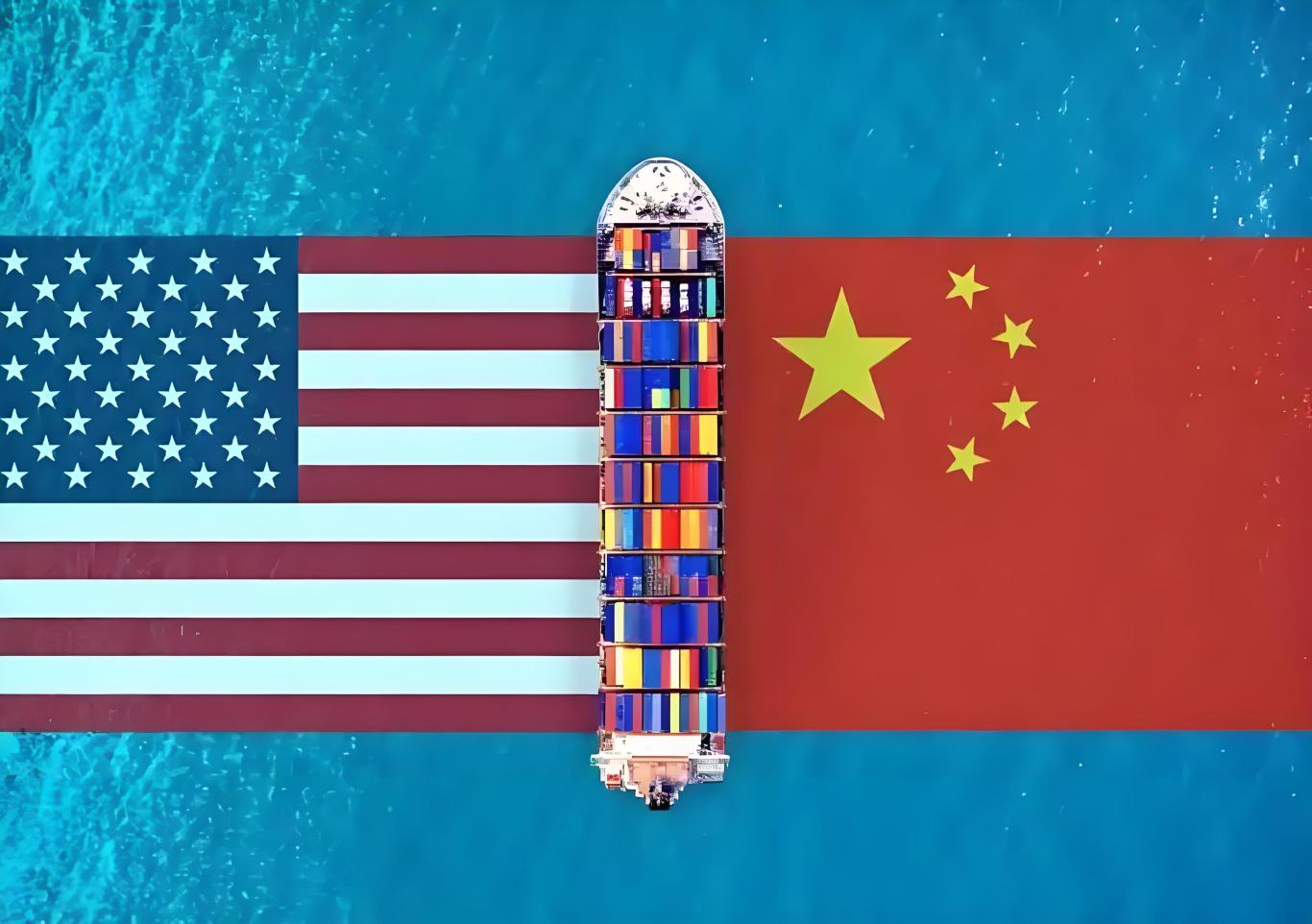
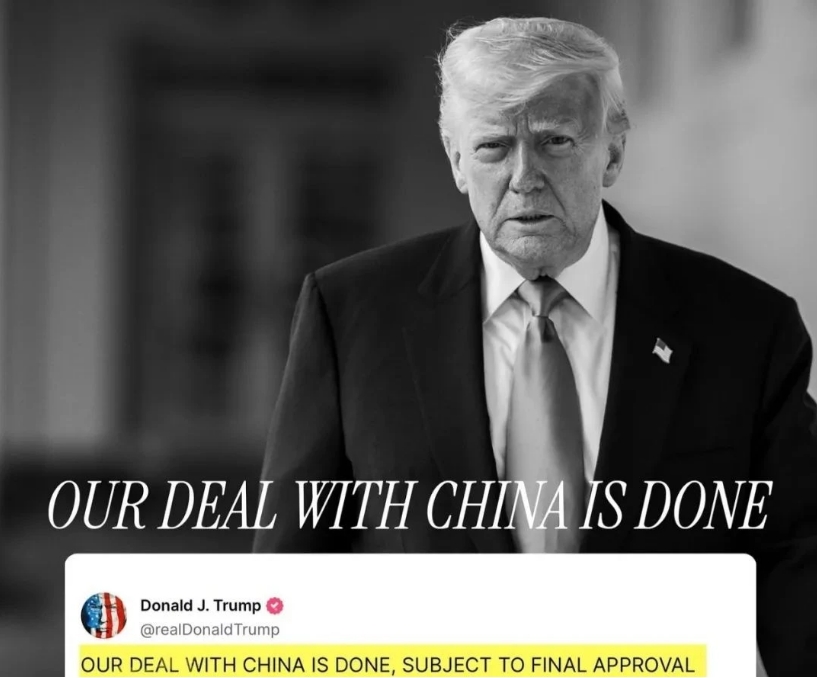
Earlier, when answering questions from reporters at the White House, Trump also made it clear: "If the United States and China do not reach a long-term agreement on tariffs after 90 days, U.S. tariffs on China will not return to 145%, but will increase significantly." This statement undoubtedly shows that the Trump administration still retains a tough attitude on the issue of tariffs. The 90-day window period is more like a negotiation game period for them. If an agreement that satisfies the United States cannot be reached during this period, then the tariff stick is likely to be wielded again.
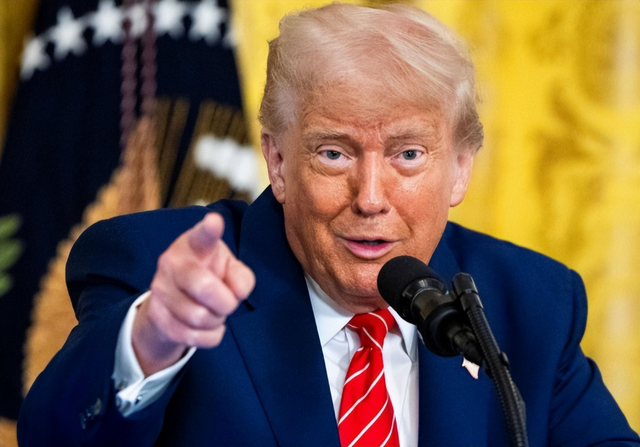
Trump made such a statement, and there are complex political and economic considerations behind it. From a political perspective, Trump needs to show his tough stance on trade issues to some of his domestic voters to consolidate his political support.
In terms of economy, the US government has been trying to change the trade imbalance between China and the United States through tariffs and promote the return of US manufacturing. Although the high tariff policy has also caused a certain impact on the US economy, such as rising costs for US companies and increased burdens on consumers, the Trump administration seems to still hope to achieve its economic strategic goals through tariffs.
The Secretary of Commerce said: The existing tariffs will not change
Coincidentally, on June 11, US Secretary of Commerce Howard Lutnick also gave a clear attitude on the US tariff issue on China in an exclusive interview with the "Money Pushers" program of the US Consumer News and Business Channel (CNBC).

When asked, "Will the current U.S. tariffs on China not be adjusted again?" Lutnick answered categorically, "You can definitely say that!" He further explained that even though the trade agreement between the United States and China has not been finalized, U.S. tariffs on goods imported from China will not change from current levels.
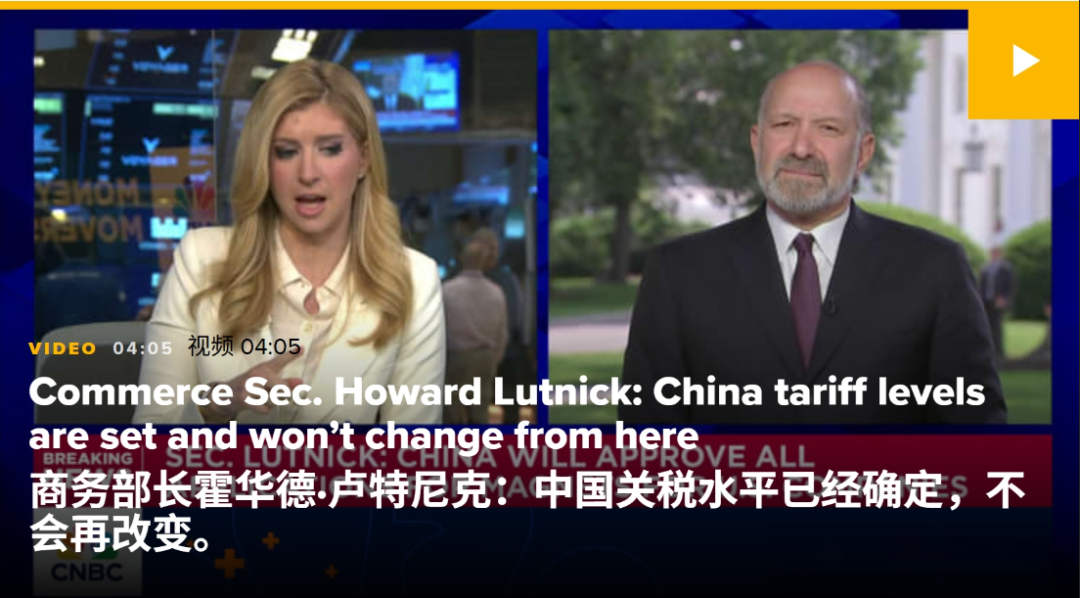
The statement of the Secretary of Commerce echoed Trump's remarks and further strengthened the US position on the tariff issue. This means that after the 90-day window period, unless China and the United States can make a breakthrough in the negotiations, the 30% tariff on China is likely to be maintained, or even, as Trump said, it will rise sharply.
Impact of tariff trends on China, the United States and the global economy
The future trend of US tariffs on China will have a profound impact on the economies of China, the United States and the world. For China, if the United States maintains or raises tariffs, Chinese exporters will face greater pressure.
On the one hand, tariffs of 30% or even higher will directly increase the price of Chinese goods in the US market, reduce their market competitiveness, and may lead to a decrease in export orders and a decline in corporate profits. Many Chinese manufacturing companies that use the United States as their main market, such as clothing, toys, and electronic products, may face difficulties such as overcapacity and layoffs.
On the other hand, the uncertainty of tariffs will also affect the investment decisions of Chinese companies. Companies will be more cautious in planning capacity expansion and technology research and development, fearing that the return on investment will decline due to tariff issues. This will affect the growth momentum of China's economy to a certain extent.
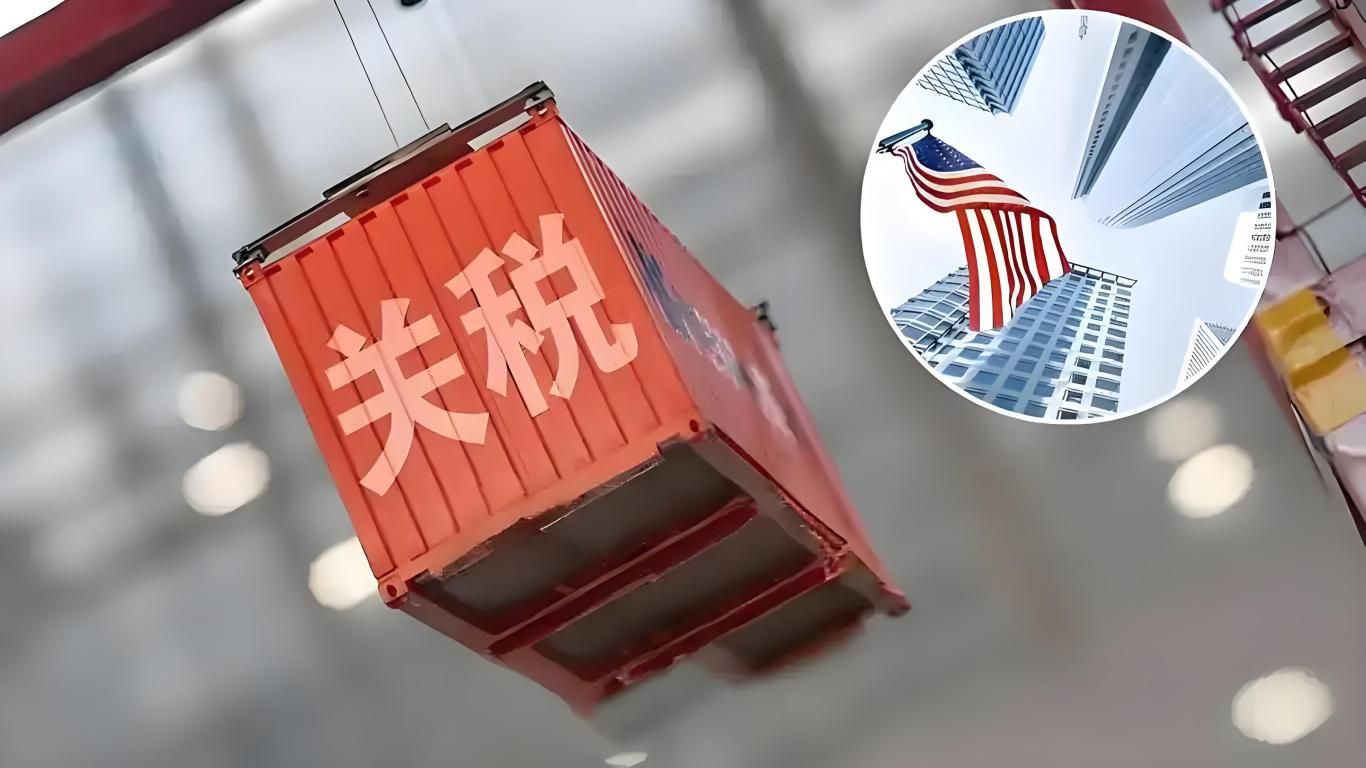
For the United States, the high tariff policy has also brought many negative effects. American consumers have to pay higher prices for goods imported from China, which directly increases the cost of living and reduces consumers' actual purchasing power. At the same time, the production costs of American companies, especially those that rely on China to import raw materials and parts, have risen sharply, which has weakened their competitiveness in the global market.
From the perspective of the global economy, the trade frictions and high tariff barriers between China and the United States have seriously disrupted the stability of the global industrial chain and supply chain. Many multinational companies have to reassess and adjust their global production layout, which not only increases the operating costs of enterprises, but also reduces the efficiency of global resource allocation. Moreover, the increase in trade uncertainty has frustrated the confidence of global investors and affected the stability of the global financial market.
China's response strategy and outlook
Faced with the uncertainty of the United States on tariffs, China has long been fully prepared to respond. In the economic field, China continues to promote the expansion of the domestic demand market, promote consumption upgrades through a series of policy measures, and reduce the dependence of economic growth on external markets. At the same time, it will increase investment in scientific and technological innovation, accelerate the pace of industrial upgrading, increase the added value and technical content of products, and enhance the competitiveness of Chinese companies in the global market.
In terms of international cooperation, China actively expands trade relations with other countries and regions, promotes the in-depth implementation of the "Belt and Road" initiative, and strengthens economic and trade exchanges with countries along the route. China has also signed free trade agreements with many countries and regions, further expanding its opening up to the outside world and creating conditions for Chinese companies to explore a broader international market.

In addition, China has always maintained rationality and restraint in dealing with trade frictions, and has firmly resolved differences through equal and fair negotiations. In the Geneva economic and trade talks, China showed great sincerity and actively promoted the two sides to reach consensus in many areas such as tariff reduction, market access, and intellectual property protection.
As the 90-day tariff window period progresses, the direction of Sino-US trade relations has become increasingly noteworthy. Although Trump and the US Secretary of Commerce's statements on tariffs have increased future uncertainty, they have also pointed out the direction for negotiations between China and the United States. The global economy expects that China and the United States can continue to advance trade negotiations with a more pragmatic and rational attitude, and seek a solution that can both meet the interests of both sides and promote the prosperity and stability of global trade.